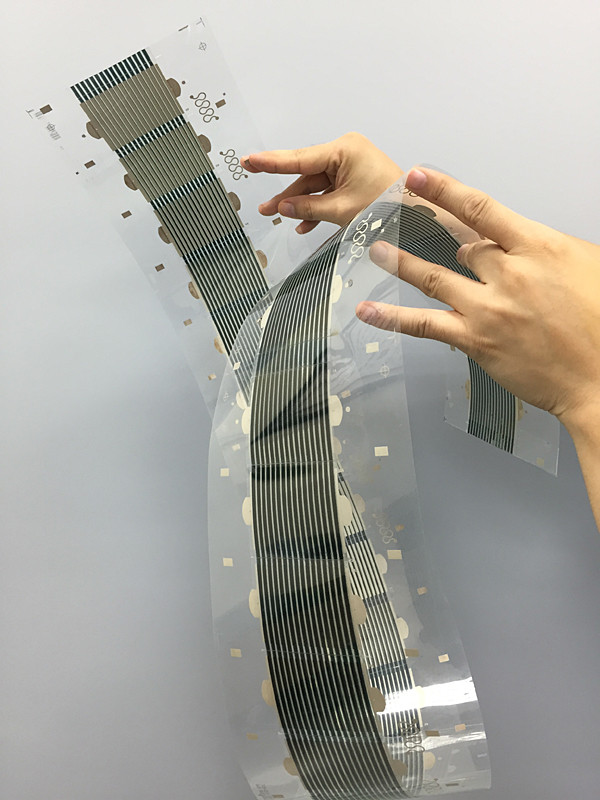Researchers from North Carolina State University and Hong Kong University of Science and Technology have found that temperature-controlled aggregation in a family of new semi-conducting polymers is the key to creating highly efficient organic solar cells that can be mass produced more cheaply.
Their findings also open the door to experimentation with different chemical mixtures that comprise the active layers of the cells.
Polymer solar cells are a delicately controlled mixture of a polymer donor and a fullerene acceptor. The cell is created by adding a solvent to the polymer and fullerene until the mixture becomes a liquid, then spreading the liquid thinly onto a surface. As the solvent evaporates, the thin layer solidifies, with the donor material hardening into tiny, highly ordered “clumps” that are connected by other, disordered donor molecules, and the acceptor weaving around them. Currently the most efficient organic solar cells are manufactured using one of only two different fullerenes.
NC State physicist Harald Ade and postdoctoral researcher Wei Ma had previously studied the morphology of solar cells and found that the size scale of the clumps within the donor layer and the aggregation – or interaction between neighboring molecules within the layers – were the main drivers of solar cell efficiency.
In a paper published today in Nature Communications, Ade, Ma and a team of chemists from the Hong Kong University of Science and Technology led by He Yan show that size scale and aggregation within these devices are strongly temperature dependent. They also show that record efficiencies of up to 10.8 percent – as opposed to the currently published 9.8 percent – are achievable with the substitution of numerous fullerenes. Additionally, this performance can be achieved in thick film devices.
“Once we saw how temperature affected the aggregation and morphology of these solar cells, it allowed the chemists more freedom to play with different chemical compositions in the active layer,” Ade says. “Yan’s team demonstrated 10 percent efficiency with 10different mixtures, and in thicker films. So these solar cells could be compatible with existing methods of mass production, like slot die casting and roll-to-roll processing similar to newspaper printing, rather than the more expensive production methods currently in use that are required for thickness control.
“We hope that these findings will allow others to experiment with different polymer:fullerene blends, further increasing the efficiency of solar cells, decreasing their production costs and leading to a commercially viable alternative source of energy.”
Publication Reference:
Yuhang Liu et al: Aggregation and morphology control enables multiple cases of high-efficiency polymer solar cells. Nature Communications, 2014.















Comments